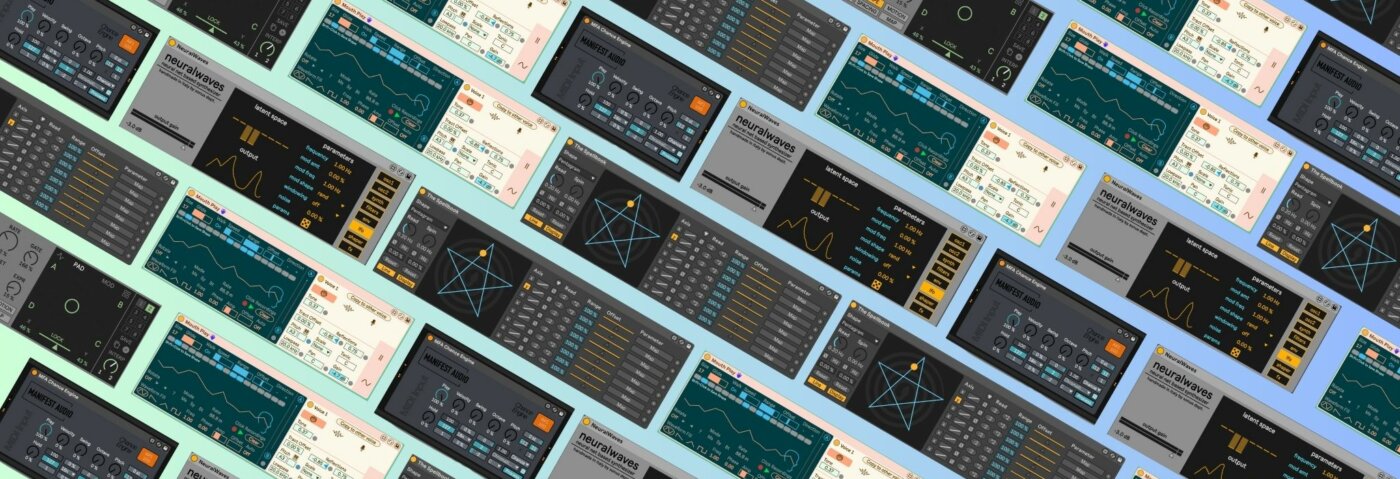When it comes to music production, Ableton Live is a popular choice among producers and DJs. One of the key features that sets Ableton Live apart from other DAWs (Digital Audio Workstations) is its powerful parallel processing capabilities. In this article, we will dive into the world of parallel processing and explore how it can enhance your music production workflow in Ableton Live.

Credit: www.attackmagazine.com
What is Parallel Processing?
Parallel processing, also known as parallel compression or New York compression, is a technique used to enhance the dynamic range and overall impact of audio signals. It involves blending a heavily compressed version of the original signal with the dry (uncompressed) signal.
The compressed signal adds punch, sustain, and consistency to the mix, while the dry signal preserves the original transients and dynamics. The result is a harmonious blend of the best qualities from both signals.
How to Use Parallel Processing in Ableton Live
Ableton Live provides several ways to utilize parallel processing, allowing you to experiment and find the right approach for each specific audio element in your mix. Here are a few techniques:
1. Parallel Compression On Individual Tracks
You can apply parallel compression to individual tracks to add depth and impact. Start by duplicating the track you want to process, and then apply heavy compression to the duplicated track. Blend the compressed track with the original using the fader or the track’s volume control. This technique works exceptionally well on drums, vocals, and basslines.
| Benefits | Considerations |
|---|---|
| Enhances sustain and attack | May increase background noise |
| Increases perceived loudness | Can introduce artifacts if overdone |
2. Parallel Processing With Audio Effect Racks
Ableton Live’s Audio Effect Racks provide a flexible way to implement parallel processing. Create an Audio Effect Rack, and within the rack, add a chain for the original (dry) signal and another chain for the heavily processed (wet) signal. Adjust the volume and processing settings for each chain, and blend them together using the rack’s macro controls. This technique is ideal for adding parallel effects such as reverb or distortion.
3. Parallel Processing With Return Tracks
Return Tracks in Ableton Live allow you to create parallel processing chains that can be shared across multiple tracks. Set up a return track, and insert the desired audio effects or processors. Now, send a portion of the original signal from each track to the return track using the track’s send controls. Adjust the return track’s volume and effect settings to achieve the desired parallel processing effect across multiple tracks.
Credit: shop.343labs.com
Advantages of Parallel Processing in Ableton Live
Parallel processing offers several advantages that can elevate your music production to the next level:
- Enhanced control over dynamics: Parallel compression allows you to shape the dynamics of individual tracks or the entire mix, providing greater control over the overall sound.
- Increased loudness without sacrificing transients: By blending the compressed and uncompressed signals, you can achieve a louder mix while preserving the original transients and dynamics.
- Improved depth and impact: Parallel processing can make your tracks sound bigger, fuller, and more impactful by adding sustain, punch, and consistency.
- Greater creativity and experimentation: Ableton Live’s versatile parallel processing capabilities empower you to experiment with various techniques and effects, encouraging creativity in your music production.
Whether you’re a seasoned producer or just starting, understanding and incorporating parallel processing techniques in Ableton Live can take your music to new heights. Experiment, refine, and find your own unique sonic signature with the power of parallel processing!
Frequently Asked Questions For Understanding Parallel Processing In Ableton Live : Master Audio Production
What Is Parallel Processing In Music Production?
Parallel processing allows blending original and processed signals for enhanced audio effects.
How Does Parallel Processing Benefit Music Production?
It adds depth, clarity, and uniqueness to audio with a controlled application of effects.
Can I Use Parallel Processing In Ableton Live?
Yes, Ableton Live offers advanced parallel processing techniques for versatile audio manipulation.
What Are The Common Parallel Processing Techniques In Ableton Live?
Utilize sends/returns, audio effect racks, and group tracks for effective parallel processing.